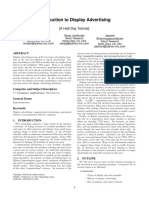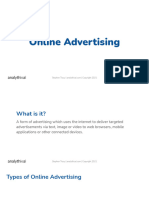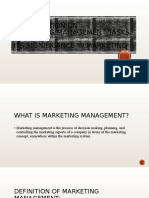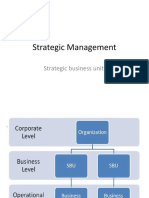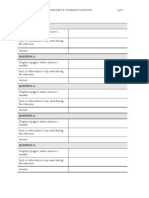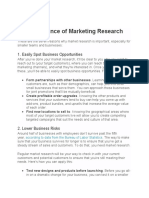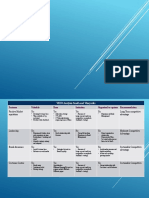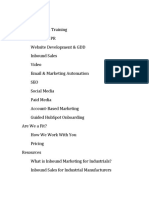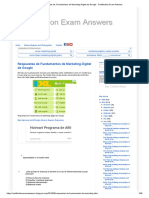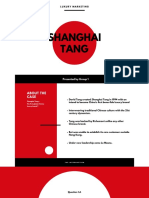0% found this document useful (0 votes)
105 views32 pagesDisplay & Programmatic Ads Guide
This document provides an overview of display and programmatic advertising. It discusses how display advertising involves banners or other ad formats on websites and apps to deliver brand messages to users. It also explains that programmatic advertising allows brands to automate the purchase of ad impressions in real-time through demand and supply-side platforms. While this allows for more optimized targeting, ad fraud is a major issue, but advertisers can help address it through tools that detect fraud and work with more trusted sources. Blockchain may help solve issues of transparency in the digital advertising supply chain.
Uploaded by
chauCopyright
© © All Rights Reserved
We take content rights seriously. If you suspect this is your content, claim it here.
Available Formats
Download as PPTX, PDF, TXT or read online on Scribd
0% found this document useful (0 votes)
105 views32 pagesDisplay & Programmatic Ads Guide
This document provides an overview of display and programmatic advertising. It discusses how display advertising involves banners or other ad formats on websites and apps to deliver brand messages to users. It also explains that programmatic advertising allows brands to automate the purchase of ad impressions in real-time through demand and supply-side platforms. While this allows for more optimized targeting, ad fraud is a major issue, but advertisers can help address it through tools that detect fraud and work with more trusted sources. Blockchain may help solve issues of transparency in the digital advertising supply chain.
Uploaded by
chauCopyright
© © All Rights Reserved
We take content rights seriously. If you suspect this is your content, claim it here.
Available Formats
Download as PPTX, PDF, TXT or read online on Scribd
/ 32





























